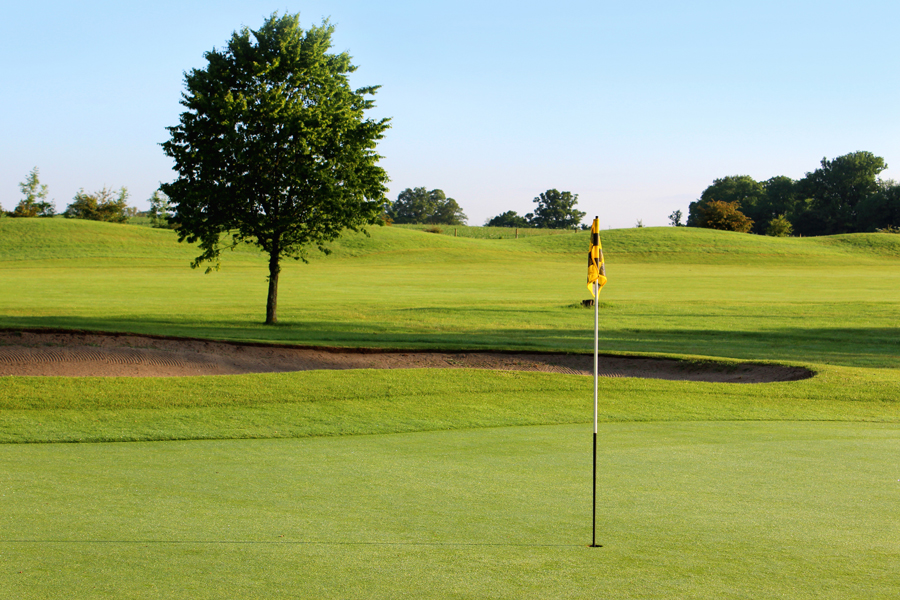-
B 910
Hobby Greenhouses
The gardener who has a greenhouse can extend or intermingle the seasons at will. Whether you wish to build your own greenhouse from scratch or purchase a prefabricated structure ready for assembly, this publication explains everything you need to know about building and maintaining a hobby greenhouse. This publication also includes several building design plans.
|
-

B 911
Bermudagrass in Georgia
Bermudagrass (Cynodon spp.) is an important warm-season, perennial, sod-forming forage grass in Georgia and throughout the Southeast. Bermudagrass is productive from spring until fall and is well-suited for grazing or hay production. Several varieties of bermudagrass are used in Georgia, ranging from common bermudagrass to the high-yielding, good quality hybrid bermudagrasses. The best variety to use depends on your location in the state and the intended use.
|
-
In order to maintain a lush, green lawn and productive garden, supplemental water in the form of irrigation is often needed during peak water use periods. Two basic types of irrigation are suitable for the home landscape: sprinkler irrigation and drip (or trickle) irrigation. This publication contains comprehensive information about irrigating lawns and gardens.
|
-
B 892
Irrigating Tobacco
This publication is a comprehensive guide to irrigation methods for tobacco in Georgia.
|
-
Reproductive efficiency has long been recognized as the most important aspect of commercial beef production. This publication explains how improved herd management and selection for reproductive performance can substantially increase the percent calf crop.
|
-
Chemicals are applied to ponds and lakes to control aquatic weeds, to eliminate undesirable fish, to control undesirable insects and aquatic vertebrates, and to correct undesirable water quality problems. Pond owners are often confused by terminology, units of measure, and formulations. This publication explains how to safely and effectively use chemicals for pond management.
|
-
Proper fertilization and liming help maximize fish production in ponds. This publication describes how to effectively fertilize and apply lime to a pond for optimum fish production.
|
-
By-product feeds come from a variety of sources, including grain processing, production of human foods and beverages, and manufacturing of fiber products. Although many of these feeds have been used for years, others are relatively new. Research has been conducted on most by-product feeds and the guidelines for their use are well documented; however, limited information is available on the feeding value or guidelines for using some by-product feeds. This publication discusses factors that should be considered when feeding by-product feeds to cattle.
|